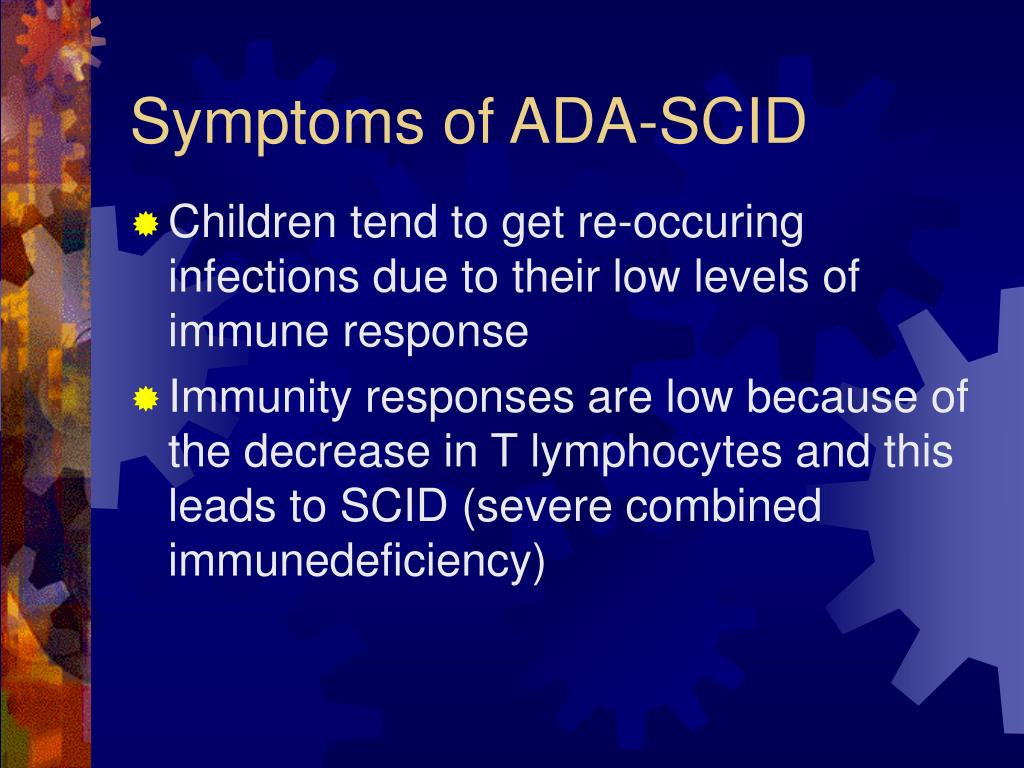

High levels of dATP are thought to be the main cause of lymphotoxicity, leading to increased thymic apoptosis 4, defective DNA replication and repair 5, altered V(D)J recombination and antigen receptor diversity 6, and altered T and B cell receptor (TCR and BCR) signaling 7, 8.Ī murine model, generated using a two-stage genetic engineering strategy 9, has been shown to recapitulate many features associated with ADA deficiency in humans, including combined immunodeficiency and death 3 weeks after birth, if left untreated 10. Lack of ADA leads to increased intra- and extracellular accumulation of adenosine (Ado) and deoxyadenosine (dAdo), and increased intracellular conversion of dAdo to deoxyadenosine triphosphate (dATP), thus expanding both dATP and Ado pools 3. Our studies demonstrate at a detailed level that exogenous once-a-week enzyme replacement does not fully correct intra-thymic metabolic or immunological abnormalities associated with ADA deficiency.Īdenosine deaminase-deficient severe combined immunodeficiency (ADA-SCID) is a primary immunodeficiency characterized by severe pan-lymphopenia (T −, B − and NK −), severe and recurrent infections, failure to thrive and death in the first year of life, if left untreated 1, 2.

We also show that thymocyte development in ADA-deficient thymi is arrested at the DN3-to-DN4 stage transition with thymocytes undergoing dATP-induced apoptosis rather than defective TCRβ rearrangement or β-selection. This was associated with lack of effective adenosine (Ado) detoxification in the thymus. Here, we show reduced thymus cellularity in ADA-SCID mice despite weekly PEG-ADA treatment. However, in many patients treated with PEG-ADA, there is suboptimal immune recovery with low T and B cell numbers. Administration of ERT in the form of pegylated bovine ADA (PEG-ADA) has proved a life-saving though non-curative treatment for ADA-SCID patients. While untreated ADA-SCID is a fatal disorder, there are different therapeutic options available to restore ADA activity and reconstitute a functioning immune system, including enzyme replacement therapy (ERT). Lack of ADA results in the intracellular accumulation of toxic metabolites which have effects on T cell development and function. Deficiency of adenosine deaminase (ADA, EC3.5.4.4), a housekeeping enzyme intrinsic to the purine salvage pathway, leads to severe combined immunodeficiency (SCID) both in humans and mice.


 0 kommentar(er)
0 kommentar(er)
